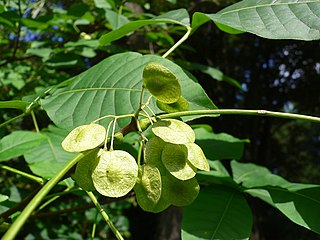
Ptelea trifoliata, commonly known as common hoptree, wafer ash, stinking ash, and skunk bush, is a species of flowering plant in the citrus family (Rutaceae). It is native to North America, where it is found in Canada, Mexico, and the United States. It is a deciduous shrub or tree, with alternate, trifoliate leaves.

Vigna is a genus of flowering plants in the legume family, Fabaceae, with a pantropical distribution. It includes some well-known cultivated species, including many types of beans. Some are former members of the genus Phaseolus. According to Hortus Third, Vigna differs from Phaseolus in biochemistry and pollen structure, and in details of the style and stipules.
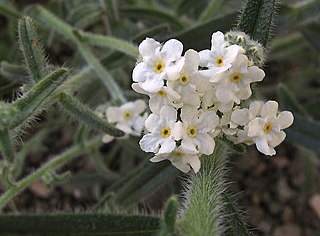
Cryptantha is a genus of flowering plants in the borage family, Boraginaceae. They are known commonly as cat's eyes and popcorn flowers. They are distributed throughout western North America and western South America, but they are absent from the regions in between.

Lespedeza is a genus of some 40 species of flowering plants in the pea family (Fabaceae), commonly known as bush clovers or Japanese clovers (hagi). The genus is native to warm temperate to subtropical regions of eastern North America, eastern and southern Asia and Australasia.

Echinacea angustifolia, the narrow-leaved purple coneflower or blacksamson echinacea, is a North American plant species in sunflower family. It is widespread across much of the Great Plains of central Canada and the central United States, with additional populations in nearby regions.

Zinnia angustifolia, the narrowleaf zinnia, is a herbaceous flowering plant species of zinnia native to northern and western Mexico and naturalized in parts of the Southwestern United States. Hybrids between Z. angustifolia and other species of Zinnia are popular garden plants.

Dracaena reflexa is a tree native to Mozambique, Madagascar, Mauritius, and other nearby islands of the Indian Ocean. It is widely grown as an ornamental plant and houseplant, valued for its richly coloured, evergreen leaves, and thick, irregular stems.
Grevillea curviloba is a prostrate to erect shrub that is endemic to Perth, Western Australia.

Malus angustifolia, or southern crabapple, is a species of crabapple native to the eastern and south-central United States from Florida west to eastern Texas and north to New Jersey, Pennsylvania, Illinois and Missouri.

A crop wild relative (CWR) is a wild plant closely related to a domesticated plant, whose geographic origins can be traced to regions known as Vavilov Centers. It may be a wild ancestor of the domesticated plant, or another closely related taxon.

Neglected and underused crops are domesticated plant species that have been used for centuries or more for their food, fibre, fodder, oil or medicinal properties, but have been reduced in importance over time. A wide range of terminology is used to describe these crops, including: orphan, abandoned, lost, underutilized, local, minor, traditional, alternative, niche, or underdeveloped; in recent fashion, these are often referred to as forgotten or smart food. Reductions in use may pertain to, among other things: supply or consumption constraints, poor shelf life, unrecognized nutritional value, poor consumer awareness, and reputational problems. Some crops have been so neglected that genetic erosion of their genepools has become so severe that they are often regarded as lost crops.
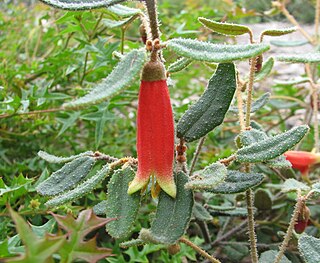
Correa reflexa var. angustifolia, commonly known as Grampians correa, is a variety of Correa reflexa endemic to Victoria in Australia. It grows to 1 metre tall. Leaves are up to 30 millimetres (1.2 in) long and 10 millimetres (0.39 in) wide and are dark green on the upper surface, while the lower surface is covered with hairs and pale grey. The pendent, tubular flowers are red with yellow-green tips.

The Field Elm cultivar Ulmus minor 'Goodyeri', commonly known as 'Goodyer's Elm', was discovered by John Goodyer in 1624 at Pennington near the Hampshire coast between Lymington and Christchurch. No old specimens are known to survive, but the tree is perpetuated by numerous root suckers, notably in the lanes about the Alice Lisle public house in the New Forest hamlet of Rockford. The tree has suffered misidentification in the centuries since its discovery, firstly by Philip Miller in his 'Gardeners' Dictionary' of 1731, and later in the early 20th century by Augustine Henry and Marcus Woodward, who both confused the tree with Plot Elm, whose centre of distribution is in the East Midlands, some 200 miles away and of completely different appearance.
Stenogyne angustifolia is a rare species of flowering plant in the mint family known by the common name narrowleaf stenogyne. It is endemic to Hawaii, where it is known from the island of Hawaii; it has been extirpated from the islands of Molokai and Maui.
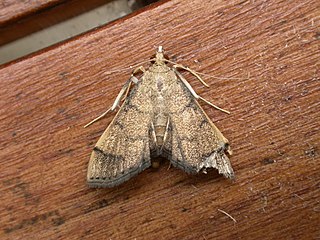
Omiodes indicata, the bean-leaf webworm moth or soybean leaf folder, is a species of moth of the family Crambidae. It is found from Florida to Texas, the West Indies and Mexico to South America, Cameroon, the Comoros, the Democratic Republic of Congo, La Réunion, Madagascar, Mauritius, Nigeria, Saudi Arabia, the Seychelles, South Africa, India, Borneo and Australia (Queensland).

Crowea angustifolia is a flowering plant in the family Rutaceae, and is endemic to the south-west of Western Australia. It is an erect shrub growing to 3 m (10 ft) high by 1.0 m (3 ft) in diameter with white or pink flowers in spring.
Brachyscome angustifolia is a former species name in the flowering plant genus Brachyscome.
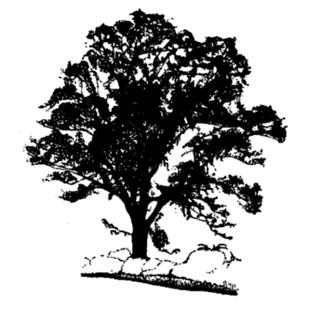
The Field Elm cultivar Ulmus minor 'Coritana' was originally claimed by Melville, while he was searching in the neighbourhood of Leicestershire in 1936 for U. elegantissima, as a new species, which he called U. coritana. He later recorded its distribution in the counties of Bedfordshire, Berkshire, Buckinghamshire, Cambridgeshire, Essex, Hertfordshire, Leicestershire, Nottinghamshire, Norfolk, Oxfordshire, Suffolk and Warwickshire. Richens, however, dismissed U. coritana as 'an artificial aggregate' of local forms of Field Elm. Bean noted (1988) that Melville's U. coritana was not recognised in the Flora of the British Isles as a species distinct from U. carpinifolia [:U. minor].

The adzuki bean, or red mung bean, is an annual vine widely cultivated throughout East Asia for its small bean. The cultivars most familiar in East Asia have a uniform red color, but white, black, gray, and variously mottled varieties also are known.
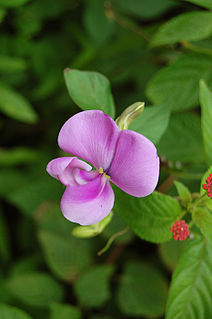
Vigna vexillata is a variable, perennial climbing plant that is pantropical, found in regions such as Ethiopia, Nigeria, and Venezuela.

















